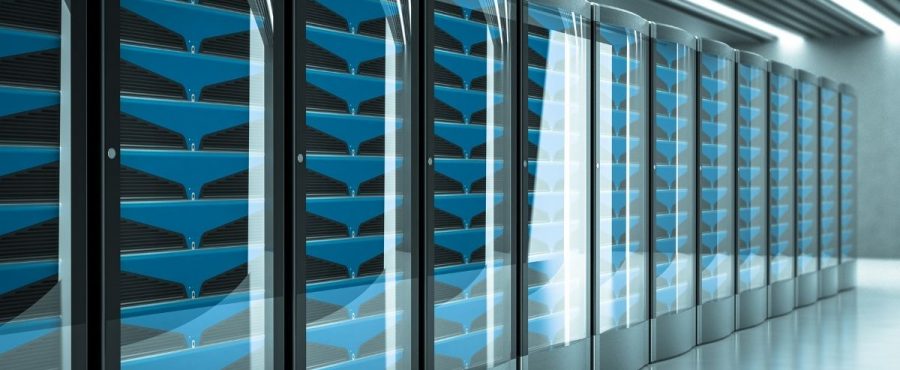Data Center Tiers Explained
If you own a business that requires a large amount of bandwidth, data, and applications, you may have heard of data centers. Data centers are essentially storage facilities for applications and data. They are designed to deliver shared data and applications and usually consist of servers, routers, firewalls, and more. There are various types categorized by data center tiers which range from Tier 1 to Tier 4. As suppliers of data centers, colocation servers, cloud servers/VPS, and more, we wanted to outline the various tiers and give you insight into which tier is optimal for your business.
What is a Tier in a Data Center?
A data center tier is a classification. A data center is certified as a tier based on several requirements such as capacity level, backup and redundancy equipment, performance levels, and infrastructure of the center. Tiers are categorized from Tier 1 to Tier 4 in ascending order of complexity and added features.
What Is a Tier 1 Data Center?
A data center can be certified as a tier 1 data center if it, at the minimum, has the capacity and infrastructure to service an office’s data needs. They can protect data from human error but cannot do so for power outages and unexpected failures. The requirements for a Tier 1 data center are as follows:
- Designated area for IT systems
- Cooling equipment that runs consistently, not just during office hours
- A backup engine generator that can take over during power outages
- An uninterrupted power supply
Tier 1 data centers can service an office; however, they have limited equipment, meaning they have to shut down operations during maintenance and repair work.
What Is a Tier 2 Data Center?
Tier 2 data centers offer more safety than Tier 1. Added equipment allows Tier 2 data centers to stay up and running during some maintenance work, as components can be removed without shutting down other equipment. In addition to the requirements of a Tier 1 data center, Tier 2 data centers must have the following:
- Energy storage
- Cooling units/chillers
- Fuel tanks
- Fuel cells
- Heat rejection equipment
These added components offer greater safety against human and technical errors along with a higher capacity. An unexpected shutdown will still affect a Tier 2 data center. They can still operate, however, while undergoing some maintenance and repair work.
What Is a Tier 3 Data Center?
Tier 3 data center classification is given if a data center can complete all maintenance and repair work while staying completely functional. They essentially have the same equipment as a Tier 2 data center, with redundant components, so that if some components must be shut off for maintenance, they possess backup equipment.
What Is a Tier 4 Data Center?
A Tier 4 data center provides the highest level of safety and IT operation capacity. Tier 4 data centers must have various systems stored and operating independently of each other. An unplanned shutdown or power outage will most likely not impact operations, as Tier 4 centers possess several independent systems that can be turned on if others are unable to operate. Other requirements are cooling systems running at all hours of the day and backup components for each piece of IT equipment.
Which Data Center is Right for You?
Choosing the correct tiered data center for your business requires an analysis of your organization’s amount of data and applications and the importance of its security. Of course, the higher the data center tier, the more secure and operational the center will be, increasing associated costs.
We operate reliable data centers in:
- Needham and Sommerville, Massachusetts
- Both are serviceable to Boston
- Dallas, Texas
- Philadelphia, Pennsylvania
- Edison, New jersey
Contact us today for fast and reliable network solutions.
Related Readings:
How Cloud Computing Can Benefit Your Business

